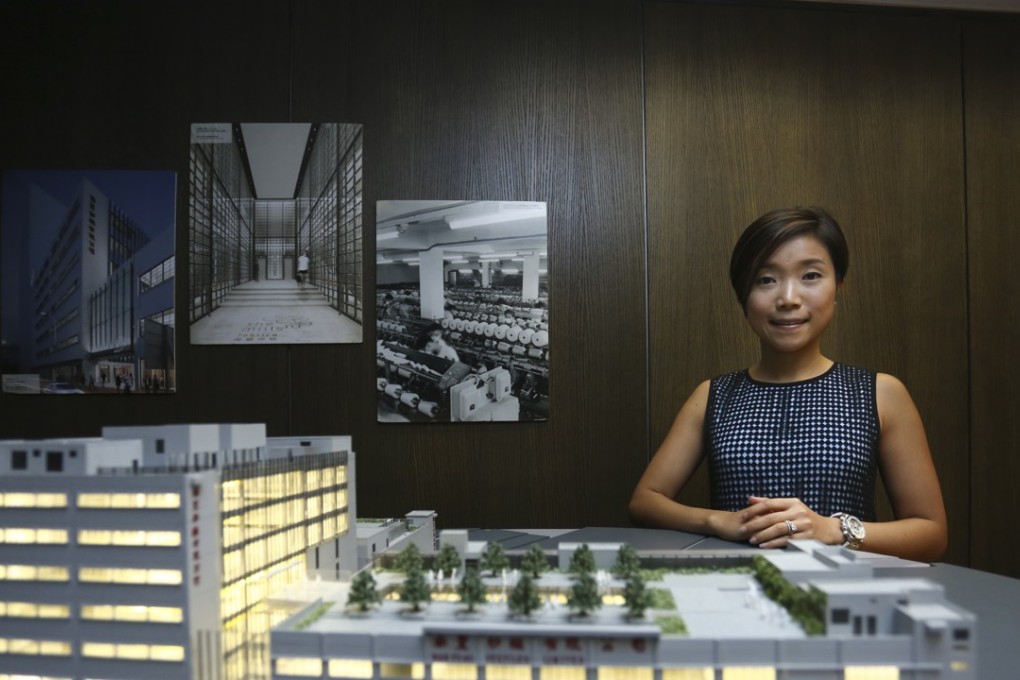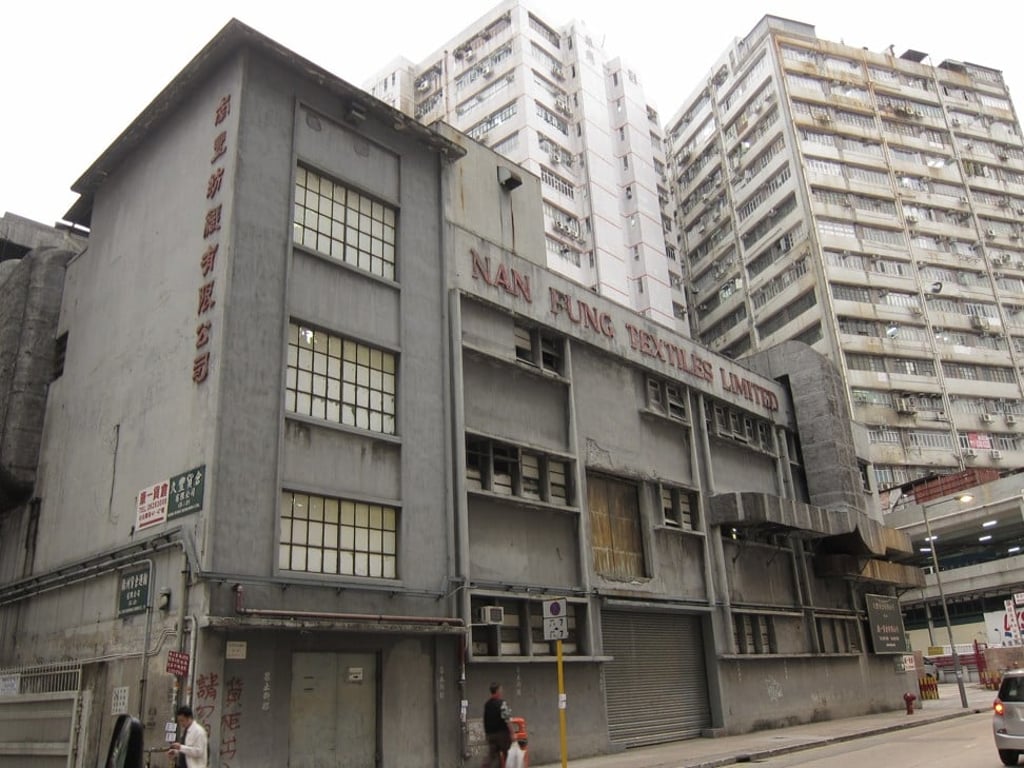Inside the Hong Kong cotton mills being transformed from old eyesores into creative hub
Three former Hong Kong textile factories will reopen next year under the name The Mills and will feature an art gallery, a textile industry museum, a start-up incubator and shops, including established neighbourhood businesses

From the outside, 41 Pak Tin Par Street in Tsuen Wan looks like just another old factory building receiving the last rites before the first swing of the wrecking ball. The half-century-old low-rise owned by Nan Fung Group, a Hong Kong property developer, is a dinosaur in an era when luxury flat and office blocks are taking over the city’s old industrial districts.
Once deemed by middle-class families as inconveniently located at the end of the red MTR line, Tsuen Wan is now beyond “up-and-coming”. This spring, flats in the nearby Pavilia Bay development sold for more than HK$20,000 (US$2,560) per square foot, a level comparable to the south side of Hong Kong Island.
Mill revamp is cue for Hong Kong textile workers to reminisce, and upcycle
But the demolition man is not at work inside the Nan Fung mills, even though they are shrouded in construction mesh and choking with dust.

The group of three adjoining former textile factories will reopen next year under the name “The Mills”, with most of the original structures intact. There will be an art gallery, a textile industry museum, shops and restaurants, and a shared workspace for textile-related and wearable technology start-ups.
The factories have lain empty since 2008, when the last spinning machine was shut down after Nan Fung completed its transformation from family-run textile business to major property developer with hotels, a ship leasing and investment business, and a city grandee as chief executive: Antony Leung Kam-chung, Hong Kong’s former financial secretary.
